REVIEW : Hikvision Lynx L15 Thermal Monocular
Gear Review Hikvision Lynx L15 Thermal Monocular 26th April 2021 Thermal imaging monocular that’s (relatively) affordable and worth a closer
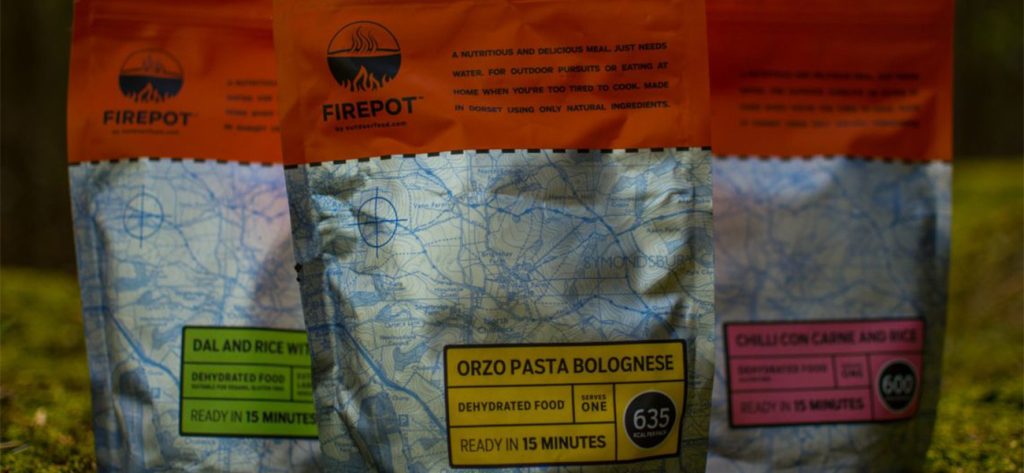
20th July 2018
Food is one of those things that can make or break a trip though, and it does deserve much more thought and attention than most of us give it. It can make up a huge part of the weight of a pack, and if it isn’t something you even vaguely enjoy eating then your morale and enthusiasm for the whole enterprise will suffer.
Firepot are a relatively new supplier in the UK expedition food market but the information on their website and what I had heard from other users, was encouraging. I’ve been trying them out on wild camping and bivvying trips over the past few weeks – and so far I haven’t died.
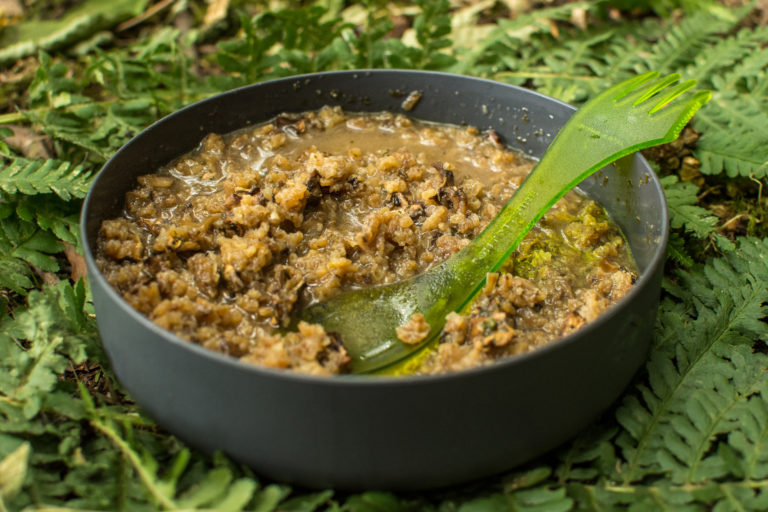
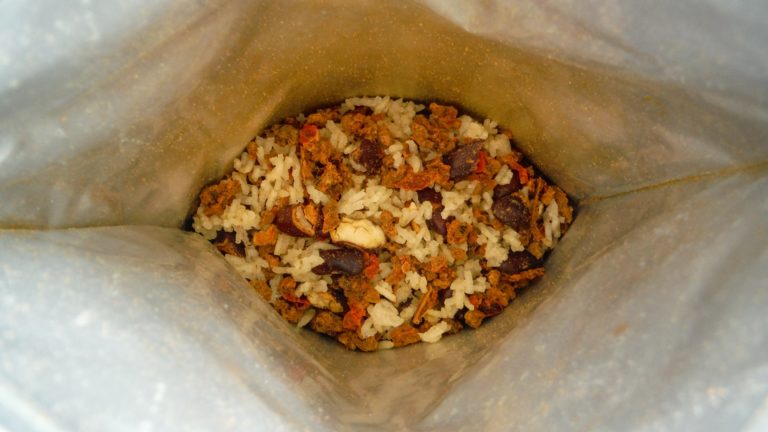
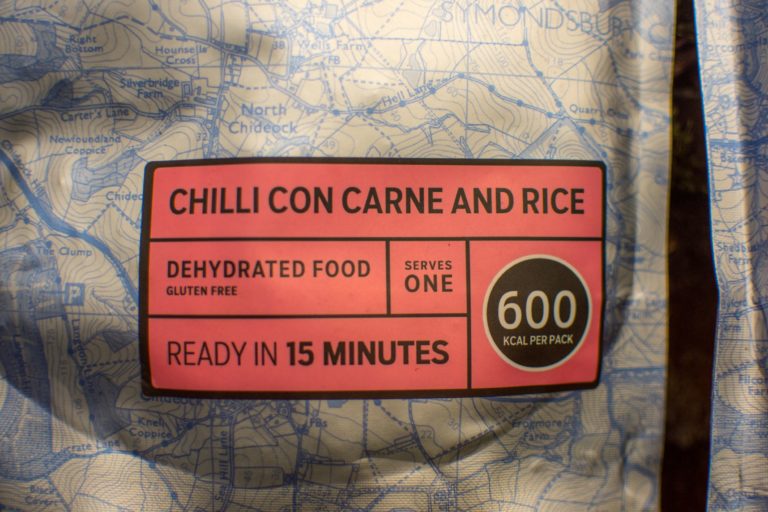
The thing that jumps out at you first is the branding and the packaging itself (I need to mention that Firepot are changing their packaging design for future meals, but it looks as striking as the current offering) – bright colours, clear labeling and the calorie/portion size stated clearly on the front. On the back of packaging you have a simple ingredients list (all of which are ‘real’ ingredients, i.e. you can recognise them as food and not codewords for stabilisers and preservatives), some dietary information and instructions on how to rehydrate the food both in the pouch and in a pan/bowl.
The current menu is fairly limited, but appears to be growing:
Each of the meals is available in two portion sizes – one at around 540 to 700 kcal and a larger portion at around 750 to 1050 kcal.
There is a best before date of around 2 years, but Firepot state on their website that this doesn’t necessarily mean that they NEED to be eaten before that date, just that they recommend that they should be eaten by then for best flavour etc. They also stress that these are dehydrated meals rather than freeze-dried – so the meals are cooked as a whole then dehydrated, rather than being a mix of individually dried ingredients. There is also NO palm oil, and no preservatives in the meals and the ingredients are sourced locally to their home base near Bridport, Dorset.
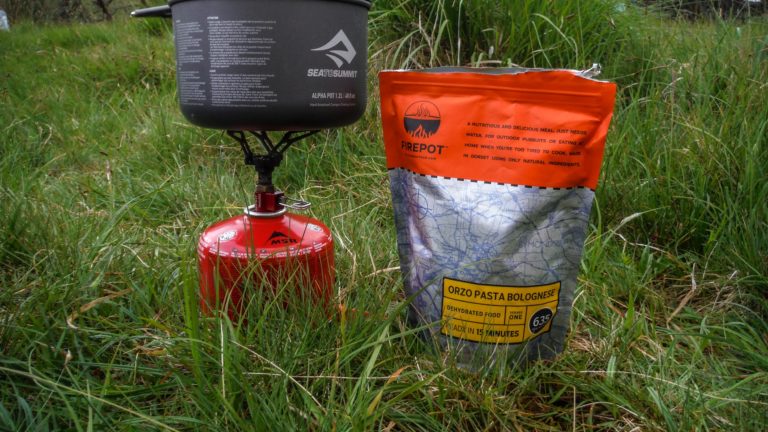
So on paper at least it all looks very promising. I’ve had mixed experiences with dehydrated or dried camping meals in the past – sometimes the flavour is lacking and the consistency can be anywhere between watery gravel or mush.
The lower weight of dehydrated and dried meals is always welcome when carrying them yourself however, and the combined weight of several days worth of ‘wet’ meals can be the same as a small dog (or large cat, take your pick).
I’ve tried about 75% of the Firepot menu offering now, in different portion sizes and they all taste fine to me. Reviewing foodstuffs is always a little tricky as personal taste and preferences play a huge part. The portion sizes are about right for the calorie count, and they are filling without leaving you with a lasting impression for hours afterwards. The flavours are on the subtle side, as are the resulting colours. If you are expecting an equivalent of the neon-orange and salt/sugar/chemical taste-explosion of an Army ration pack meal then you will probably be disappointed – but the Firepot meals DO taste like real food, made in a kitchen by a human.
The rehydration directions are clear for both in the pouch and the pan (markers on the outside of the pack, fold and crease the pouch at that level then fill to the crease) but I found them to be slightly tricky to get right and I twice ended up with more water in there than I wanted. Either I am mildly incompetent at filling to the correct level (always a possibility) or it is indeed tricky to get right. If you do end up with something slightly too watery though it still tastes OK – but you might want to be cautious on how much water you add until you are used to the rehydration process.
The pouch itself folds out at the bottom and reseals well, keeping the heat in whilst rehydrating (I have a habit of shoving the pouches down the front of my insulation layer whilst waiting for them to rehydrate) and making sure the food is accessible with a spork or other eating-iron of choice – no chasing rice out of tight corners.
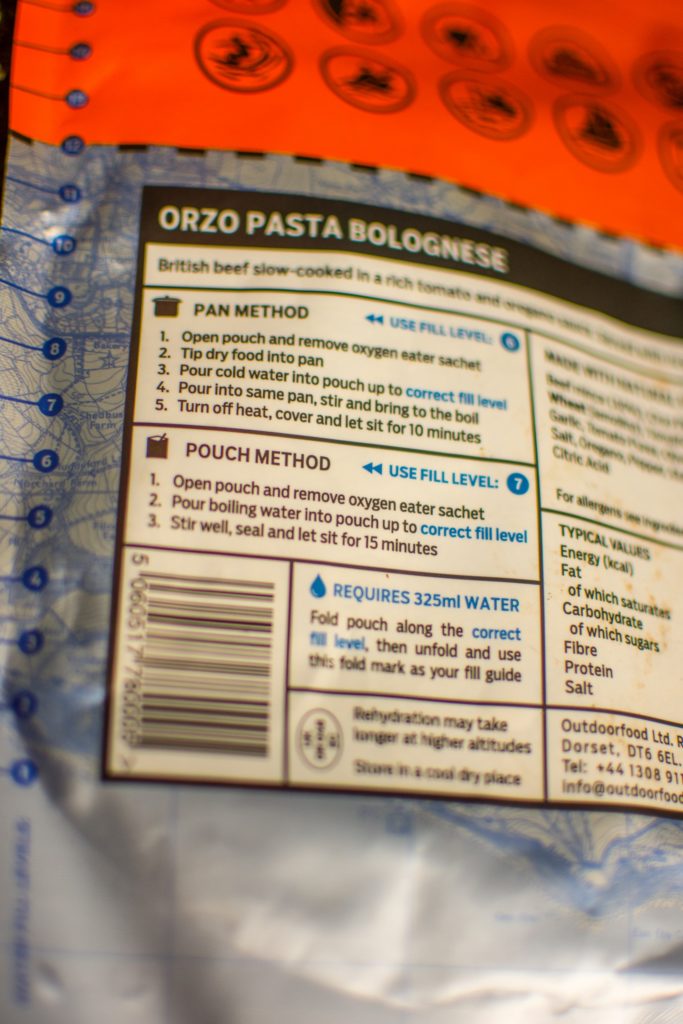
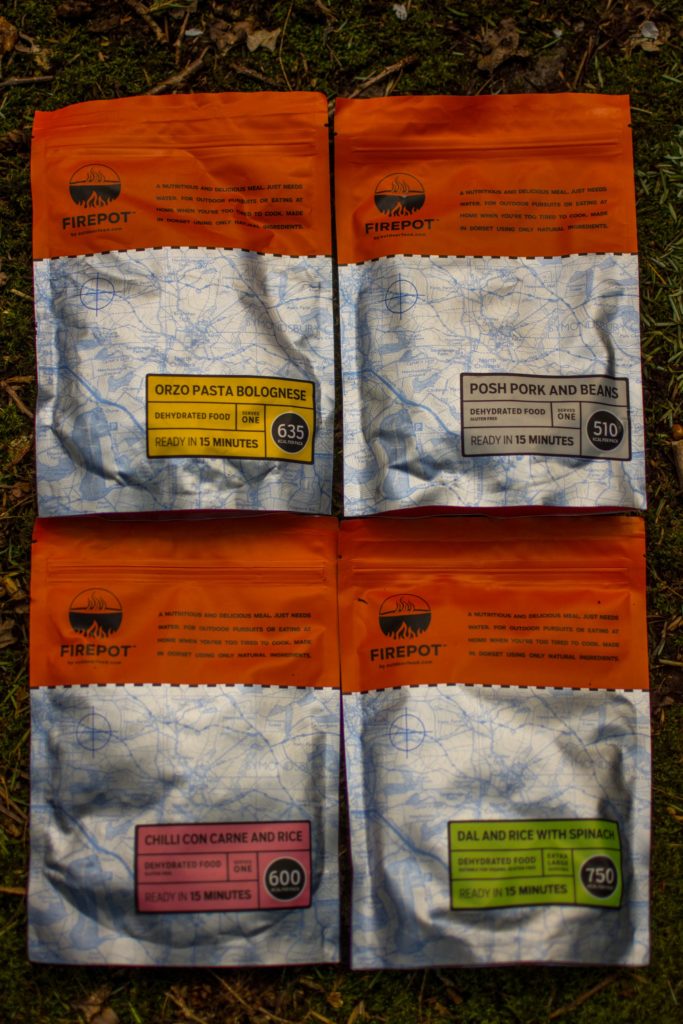
As I mentioned above – food reviews are difficult. You can review the ingredients, the packaging, the menu offering and the nutritional value – but the taste component is very subjective. I’ve spent pretty much all of my adult life working in the outdoors, as an instructor, advisor or just occasionally a warm body moving heavy objects. I’ve eaten thousands of camping or hiking meals of one type or another. There have been a few good ones but most have been pretty dreary – but the current offering from Firepot are pretty good to be honest. They taste like real food and have the calorific requirements covered, and I would happily throw them into my kit for a trip long or short. The (currently) limited menu would mean that boredom would become a factor fairly quickly, but as part of a mixed meal bag alongside other dehydrated or dried foods I could happily eat them for extended periods. I am currently testing a different brand of ‘dry’ camping meals that do things in a different way, and between the two of them I have not been under-fed on the adventures and courses where they have been used.
Apart from that limited menu and a (possibly) tricky rehydration process there isn’t anything else I could ask from them. The price (£6.50 for smaller portion, £8.50 for larger) is slightly higher than other camping meals but I can live with that if it gets me real food that I could recognise on a shelf – and no palm oil.
Dehydrated rather than freeze-dried
Different calorie options
Tastes like real food
Some rehydration faff
Limited menu (currently, 2018)
| SUITABILITY |
|
| RUGGEDNESS |
|
| WEIGHT |
|
| FUNCTION |
|
| PRICE |
|
|
SUMMARY
As I mentioned above – food reviews are difficult. You can review the ingredients, the packaging, the menu offering and the nutritional value – but the taste component is very subjective. I’ve spent pretty much all of my adult life working in the outdoors, as an instructor, advisor or just occasionally a warm body moving heavy objects. I’ve eaten thousands of camping or hiking meals of one type or another. There have been a few good ones but most have been pretty dreary – but the current offering from Firepot are pretty good to be honest. They taste like real food and have the calorific requirements covered, and I would happily throw them into my kit for a trip long or short. The (currently) limited menu would mean that boredom would become a factor fairly quickly, but as part of a mixed meal bag alongside other dehydrated or dried foods I could happily eat them for extended periods. I am currently testing a different brand of ‘dry’ camping meals that do things in a different way, and between the two of them I have not been under-fed on the adventures and courses where they have been used. Apart from that limited menu and a (possibly) tricky rehydration process there isn’t anything else I could ask from them. The price (£6.50 for smaller portion, £8.50 for larger) is slightly higher than other camping meals but I can live with that if it gets me real food that I could recognise on a shelf – and no palm oil. |
4.1
|
A Mountain Leader with over a decade of experience across the UK and overseas, Richard is our Lead Instructor and a partner in Original Outdoors. He is a specialist in temperate wilderness skills and the wild foods of the British Isles, and also works as a consultant for various brands and organisations. Richard lives in North Wales.
A Life More Wild is the philosophy which underpins everything we do.
It encompasses practical skills, personal development, community learning and a journey to live more intentionally.
Gear Review Hikvision Lynx L15 Thermal Monocular 26th April 2021 Thermal imaging monocular that’s (relatively) affordable and worth a closer
Gear Review Olight M2R Pro Warrior Torch 13th September 2020 Rechargeable 1800 lumen LED flashlight with multiple modes Olight are
Gear Review Grisport Gamekeeper Boots 14th June 2020 High-ankle leather walking boots from an Italian manufacturer Normally I would write
When wearing, the changing robe doesn’t seem particularly bulky- it isn’t a down jacket after all- once off the wearer it does become a slightly…
